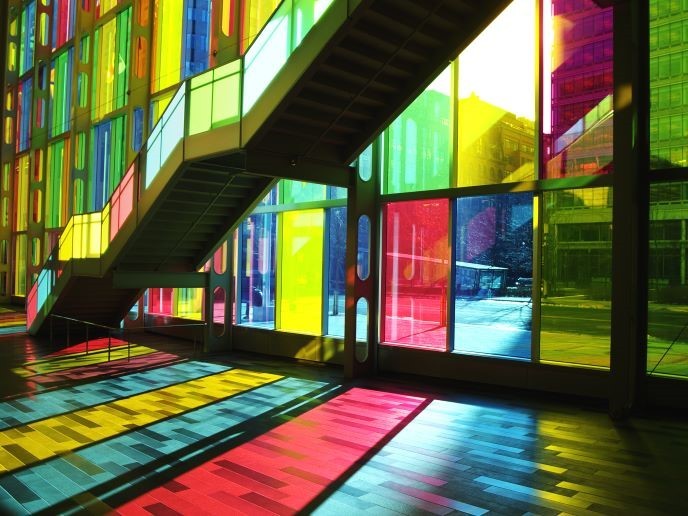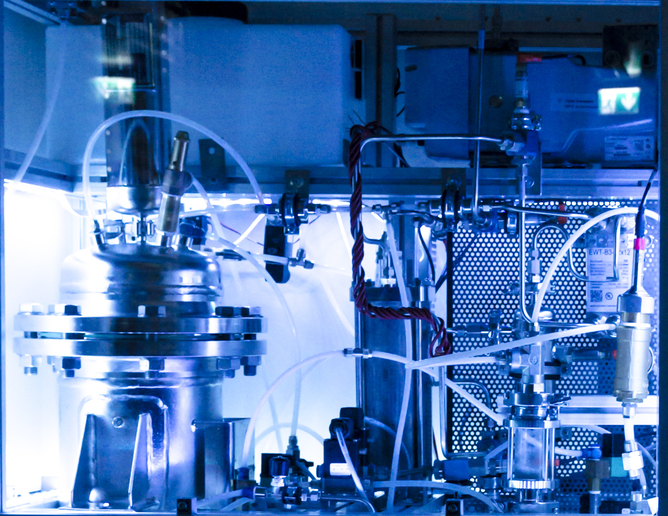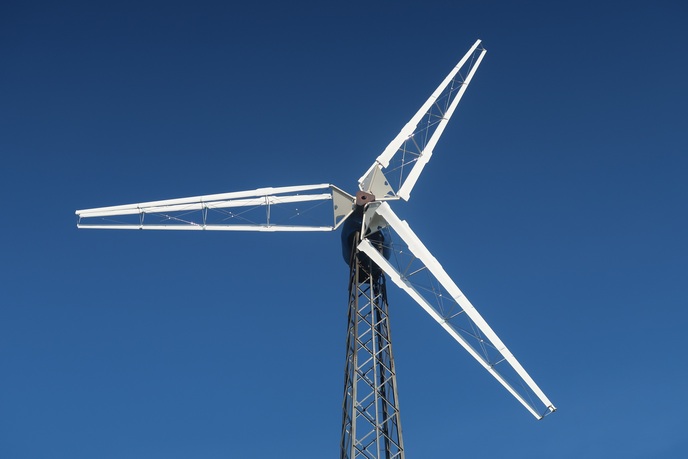The colourful facades powering the solar buildings of tomorrow
Buildings are responsible for 36 % of greenhouse gas emissions(opens in new window) in the EU. Making better use of solar power by developing more efficient photovoltaic technology will be key to reducing this impact and achieving the EU’s goal of becoming climate-neutral(opens in new window) by 2050. The PEDAL project(opens in new window) has taken concrete steps forward by delivering innovations that could enable solar devices that are not only more energy-efficient, but also nice to look at. Funded by the European Research Council(opens in new window) (ERC), the project focused on two types of devices: luminescent solar concentrators(opens in new window) and luminescent downshifting(opens in new window) thin films. Both collect solar radiation with the help of thin layers of material which can be used to create facade or glazing elements for buildings. The researchers investigated how plasmonic interactions(opens in new window) between nanoparticles and luminescent materials – quantum dots or dyes(opens in new window) – could increase energy efficiency in these devices.
Building on existing solar cell technology
In plasmonically enhanced luminescent downshifting thin films (PLDS), high-energy photons that are not utilised efficiently by existing technology are downshifted to the production of lower energy. This means they can be converted into electricity more efficiently, using various solar cell technologies. PLDS are directly coupled to solar cells attached behind the films. In plasmonically enhanced, luminescent solar concentrators (PLSC), the concentration of diffuse solar radiation, which is not collected efficiently by existing technology, is increased. Photons are concentrated at the edge of the PLSC device, where they are converted into electricity. “As a result of our work, the first-ever plasmonic luminescent solar concentrator and downshifting layer module have been produced and extensively tested in real weather and building-integrated conditions,” says Sarah McCormack, associate professor at Trinity College Dublin(opens in new window). “The developed concentrator module has been able to capture diffuse solar radiation to produce efficiencies 12 times that achieved by solar cells without our device.” The PEDAL team developed a comprehensive methodology for creating the devices and fostering plasmonic interactions between metal nanoparticles and luminescent material. They also created a mathematical model for optimising these interactions. Both devices can be deployed as coloured transparent or non-transparent building components.
High market potential
The potential for combining them with all existing solar cell devices involves high potential for the commercialisation and deployment of these technologies. Getting there will require establishing a process for large-scale manufacturing, McCormack explains. This will include metal nanoparticle synthesis on a commercial level using the methodology developed by PEDAL. “We are planning to work with Enterprise Ireland(opens in new window) to develop the technology further and to apply for proof of concept funding to enable the commercialisation of these devices,” she adds. McCormack and her colleagues are also continuing to develop the technology. The 14-partner IDEAS project on integration of renewable energy technologies in buildings is drawing on the results of PEDAL. The large-scale EU project exploits the PLDS technology for a building-integrated component which is currently being demonstrated in buildings in Ireland and Italy.







